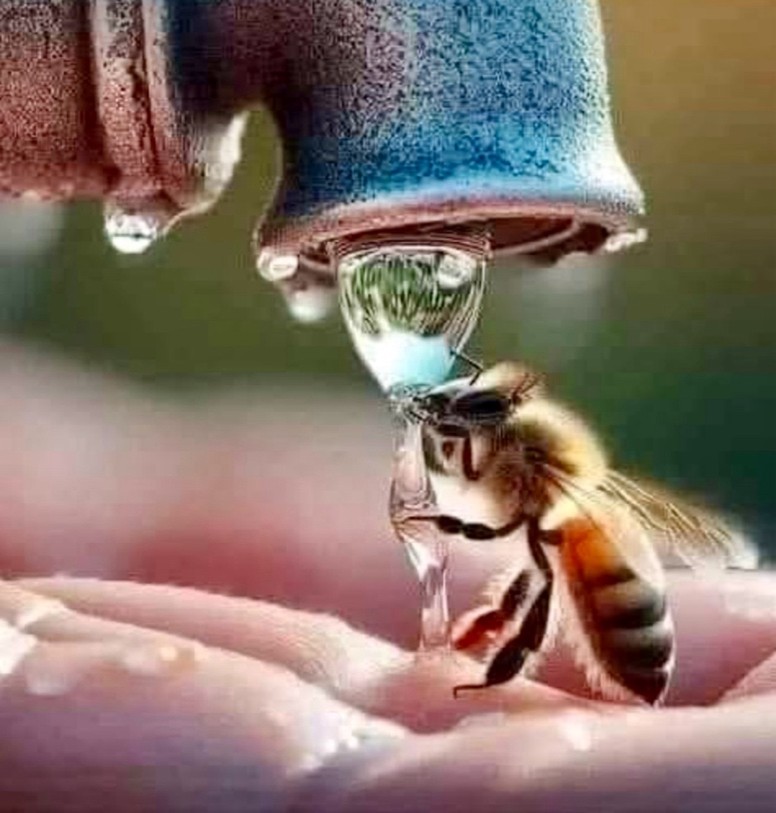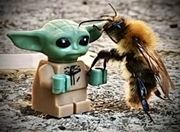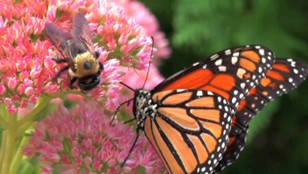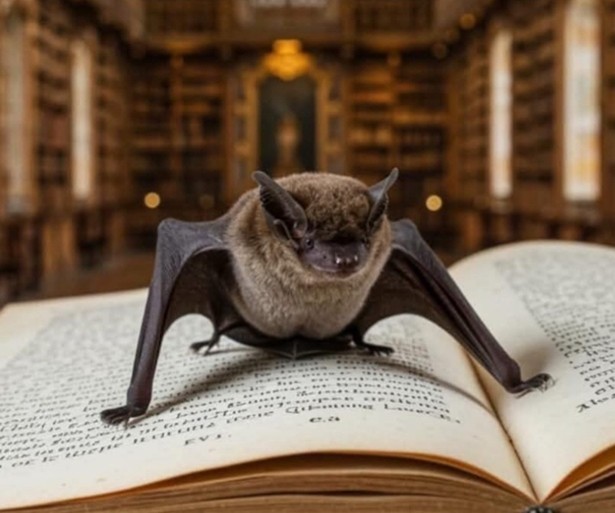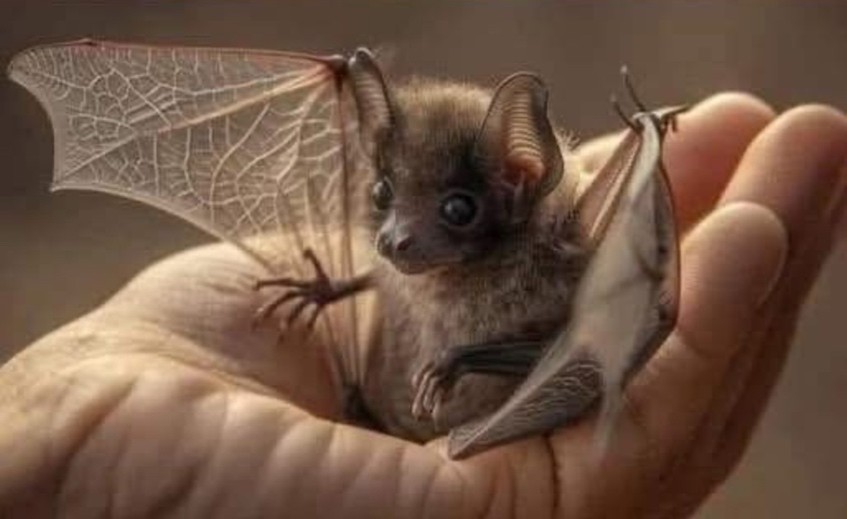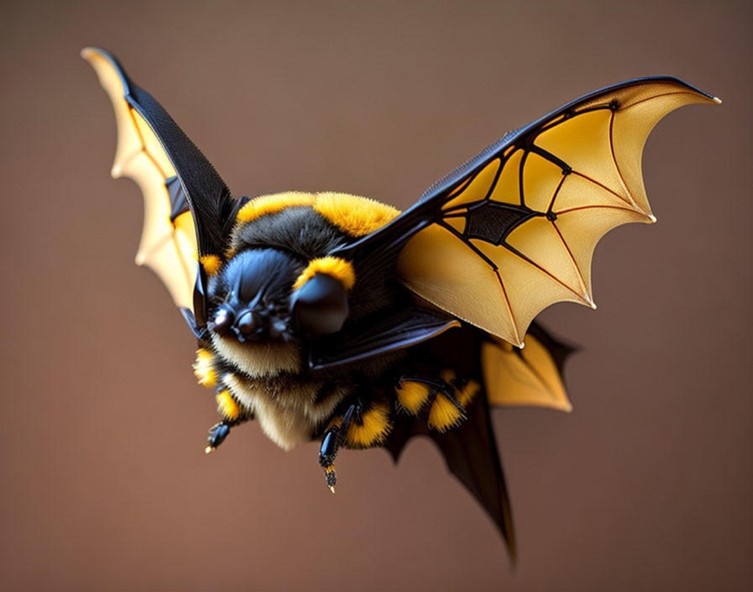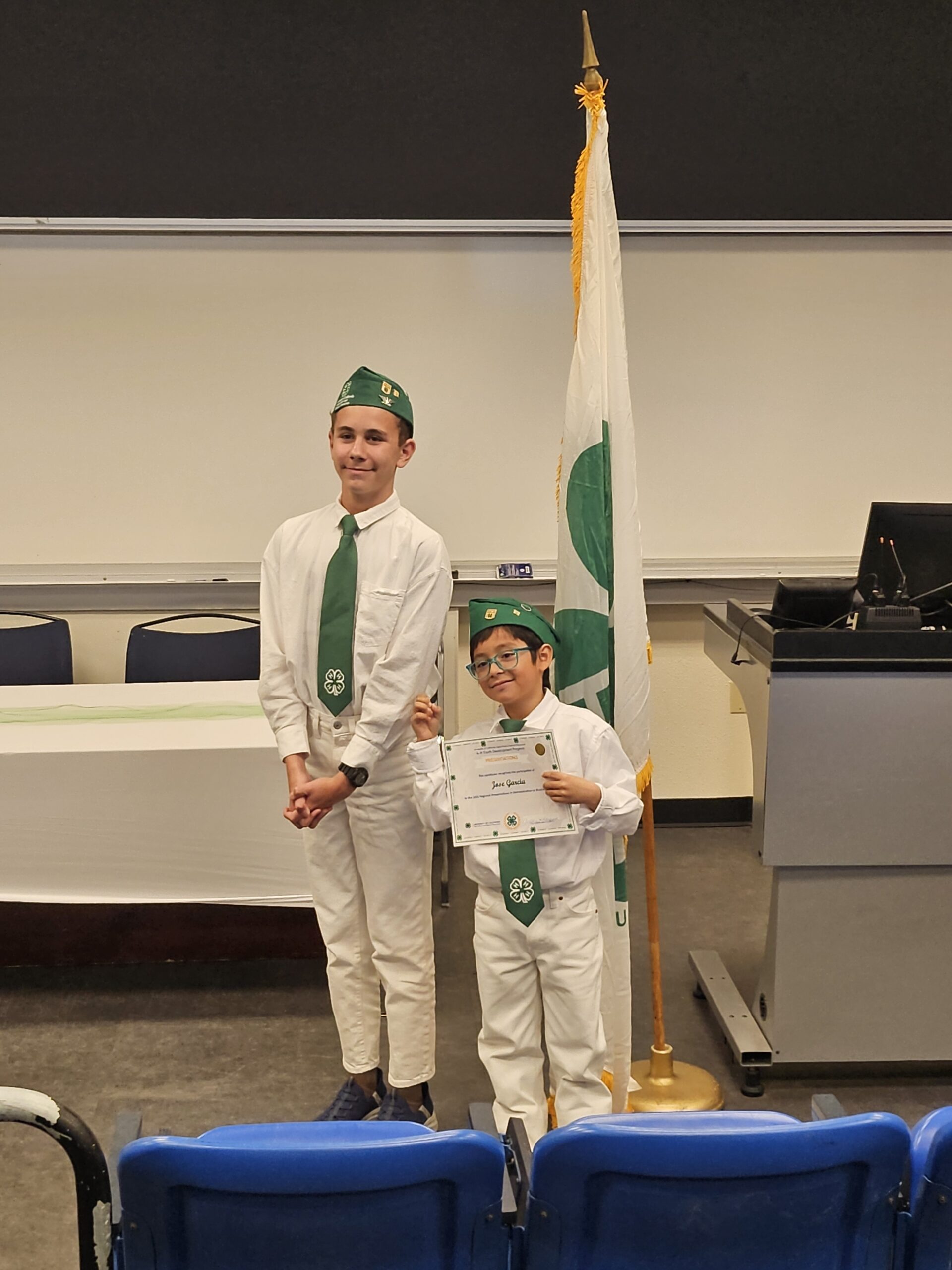By CLAUDIA HARMON WORTHEN
Second in a Four-Part Series
Beautify Cambria is hosting two events on Sunday, May 4, the Annual Bee, Butterfly & Bat Faire and Star Wars Day at the Cambria Historical Museum, at the corner of Burton Drive at Center Street from 11 a.m. to 3 p.m.
“May the Fourth Be with You!” started on May 4, 1979, but did not become an official worldwide holiday until Disney bought Lucasfilm in 2011. In celebration, the Faire will have Star Wars kids’ activities and face painting by Sara Blair-Field.
The Bee Butterfly & Bat Faire is a fundraiser for Beautify Cambria’s many beautification projects. The event is free, but donations and participation in the silent auction will help efforts to keep Cambria clean and beautiful. The Faire features a live bat and bees, acoustic music, inspired speakers, excellent food including vegan, organic honey, handicrafts, and mead (honey drink). Special telescopes will be set up for observing the sun, there will be pollinator plants, and mushroom compost–lots for kids to do and see.
Our pollinators have on-board compasses that navigate by the sun. The sun’s energy, combined with evapotranspiration and carbon dioxide transforms into glucose and releases oxygen—photosynthesis. Without plants for oxygen humankind and all creatures large and small will perish, even cockroaches.
Monarchs are one of the most threatened of all butterflies. Create healthy habitat by planting butterfly-friendly native plants, keep leaves on the ground to decay, provide fresh water, and a bit of mud. Mud? Some butterflies need the minerals found in moist earth. This is another reason to avoid pesticides, like Round Up. Try vinegar instead.
Learn more interesting facts about monarchs from Marylou Gooden, considered the Central Coast naturalist legend and who BCA is honored to have as a speaker.
Beautify Cambria is delighted to have Melissa Cronshaw from Santa Barbara to inspire attendees about the magic of bees. She maintains nearly 40 apiaries, employing natural methods to enhance bee health.
She mentors budding beekeepers and educates with in-person and online beekeeping classes, workshops, and presentations. To protect bees, she says, “Plant more pollinator-friendly flowers (wildflowers and purple flowers are best) and avoid using pesticides, which are linked to bee colony collapse.” Also, botanist and beekeeper John Chesnut will have his live bee demonstration hive at the Faire for Bee TV!
Crystal Crimbchin, managing zookeeper from the Atascadero Charles Paddock Zoo will engage the Faire audience with amazing bat facts. Crystal holds a degree in zoology from Ohio Wesleyan University. She has worked in the zoo business for 23 years.
One interesting bat is the tiny Common Pipistrelle resting on a book (below), one of a large colony living in a 300-year-old college library at Coimbra University, Portugal. Each bat consumes 500 bugs a night that eat ancient books and manuscripts including the leather bindings.
But what about the droppings? Each night librarians cover the tables and most precious books in soft leather cloth. In the mornings, they remove the leather and sweep the floors. In drizzly weather, the librarians say they hear their flittermice up in the rafters emitting vocalizations that sound like “singing”. It all seems a bit batty, but it is as sweet as honey.
For more information about the Faire email to: info@beautifycambria.org. Learn more at beautifycambria.org.
Bumblebee-Bat Digital photo credit: Allaialways
Bee photo credit: Professor Samuduni Rajaguru, Pulitzer Prize winning photographer.
David Attenborough fan club photo Facebook post photo credit: David Attenborough fan club photo post
